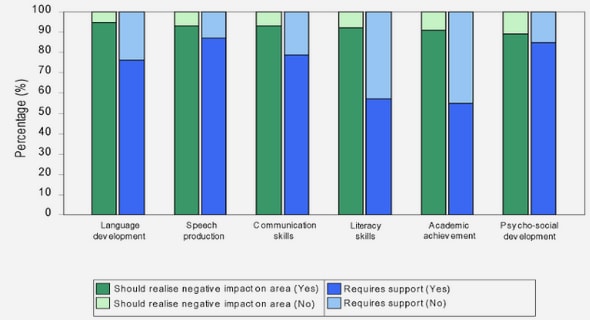(Downloads - 0)
For more info about our services contact : help@bestpfe.com
Table of contents
Chapter 1. General Introduction
1.1. Circulation and dynamics in the Northern Humboldt Current system
1.2. Oxygen minimum zone
1.3. The marine ecosystem with more fish production
1.4. A brief history of trophic studies in the NHCS
1.5. What can be the limit of the historical studies?
1.6. What are stable isotopes?
1.7. SIA present a series of advantages…
1.8. … but also limitations
1.9. What is driving the baseline isotopic variations?
1.10. Trophic position estimations
1.11. Specific case of oxygen minimum zones such as in the Humboldt ecosystem
1.12. Thesis Chapters
Chapter 2. Revisiting Peruvian anchovy (Engraulis ringens) trophodynamics provides a new vision of the Humboldt Current system
2.1. Introduction
2.2. Materials and methods
2.2.1. Sampling
2.2.2. Estimation of prey volume, dry weight and carbon content
2.2.3. Data analysis
2.3. Results
2.3.1. Dietary composition
2.3.2. Stomach fullness dynamics
2.4. Discussion
2.4.1. Dietary composition
2.4.2. The anchoveta: a predator
2.4.3. Stomach fullness dynamics
2.4.4. A new vision of HCS functioning
2.4.5. Synthesis: plastic is fantastic!
Chapter 3. Ontogenetic and spatiotemporal variability in anchoveta Engraulis ringens diet off Peru
3.1. Introduction
3.2. Material and methods
3.2.1. Data
3.2.2. Analyses
3.3. Results
3.3.1. Temporal variation
3.3.2 Ontogenetic variation
3.3.3 Latitudinal variation
3.3.4 Cross-shore variation
3.3.5 Diel variation
3.3.6 CART analysis
3.4 Discussion
3.4.1 Temporal variation
3.4.2 Ontogenetic changes
3.4.3 Spatial and diel changes
Acknowledgements
Chapter 4. Diet of sardine (Sardinops sagax) in the northern Humboldt Current system and comparison with the diets of clupeoids in this and other eastern boundary upwelling systems
4.1. Introduction
4.2. Material and methods
4.2.1. Sardine diet in the northern Humboldt Current system (NHCS)
4.2.2. Diet comparison
4.3. Results
4.3.1. Sardine diet in the NHCS
4.3.2. Comparative trophic ecology by prey type
4.3.3. Comparative trophic ecology by prey-size class
4.4. Discussion
4.4.1. Sardine diet in the NHCS
4.4.2. Diet comparison
4.4.3. Summary
Chapter 5. Trophic flows in the northern Humboldt Current system: new insight from stable isotopes analysis
5.1. Introduction
5.2. Material and methods
5.2.1. Samples
5.2.2. Samples preparation and analysis
5.2.3. Statistical analysis
5.2.4. Trophic position estimation
5.3. Results
5.3.1. SIA results
5.3.2. LME models
5.3.3. Trophic position
5.4. Discussion
5.4.1. Pattern of variability in δ13C
5.4.2. Pattern of variability in δ15N
5.4.3. Predicted δ15N values and trophic positions
5.4.4. Width of isotopic niche
5.4.5. Conclusion
Chapter 6. General conclusions and perspectives
6.1. When the same data provide different results: on the use of SCA
6.2. Revisiting the energetic transfer
6.3. Trophic ecology and population dynamics
6.4. New insights provided by SIA
6.4.1. Confirming SCA results on anchovy
6.4.2. The squat lobster case
6.4.3. The jumbo squid case
6.4.4. Perspectives for the future SIA in Peru
6.5. Concluding remarks

